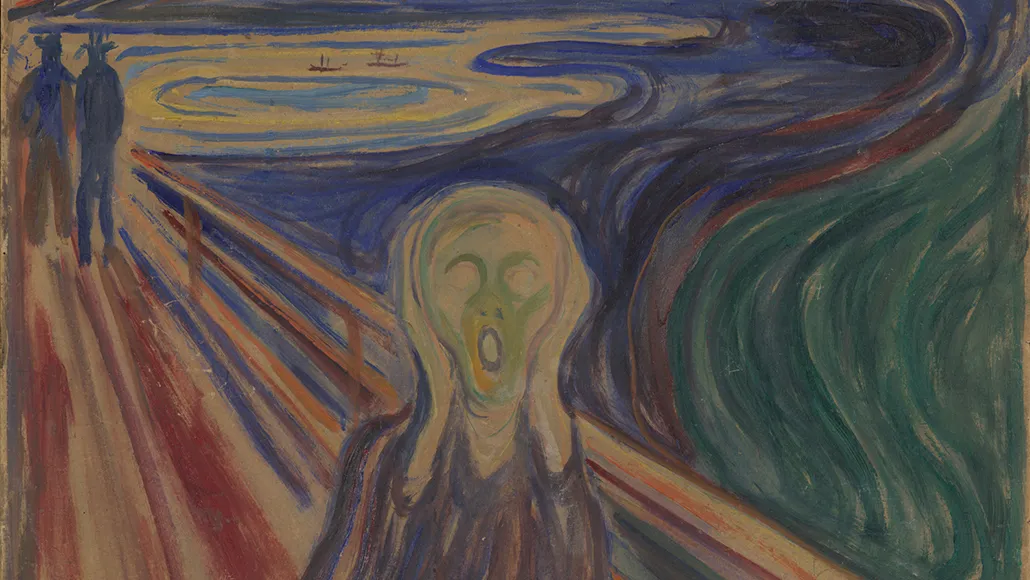
Moisture is the main reason that vivid yellow paint on Edvard Munch’s 1910 version of “The Scream” (pictured) is fading and flaking off, a new study finds. That insight could help preserve the painting’s delicate composition.
Irina Crina Anca Sandu, Eva Storevik Tveit/Munch Museum






